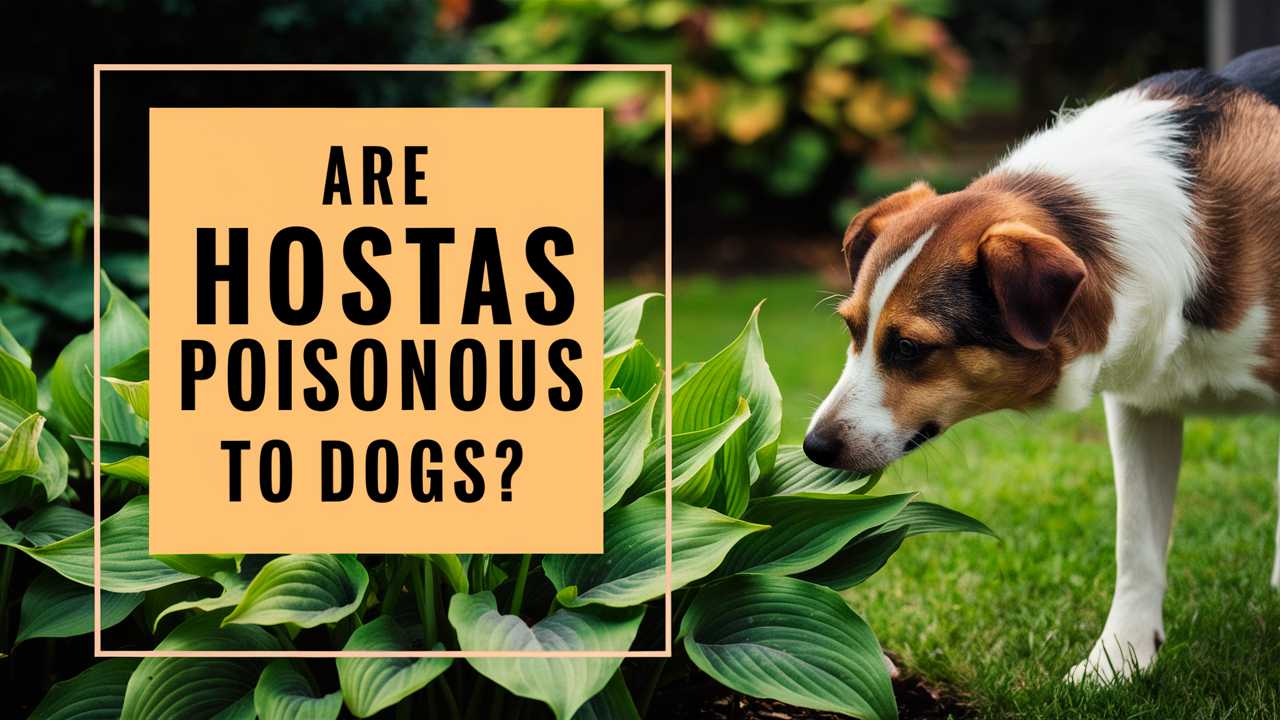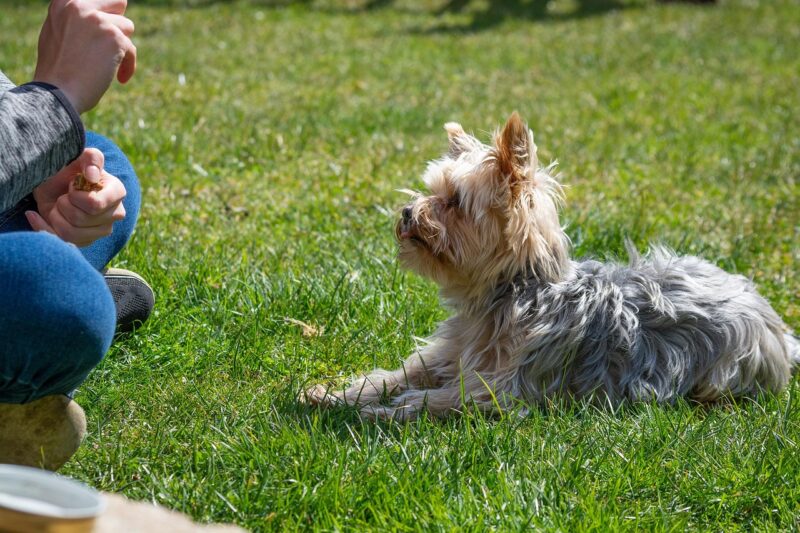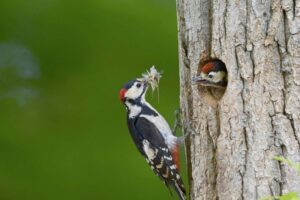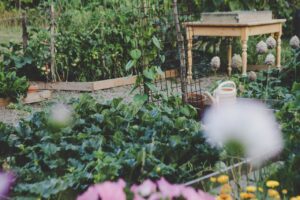Are Hostas poisonous to dogs? This article aims to explore this question in-depth, providing you with the information you need to keep your four-legged family members safe.
Are Hostas Poisonous to Dogs?
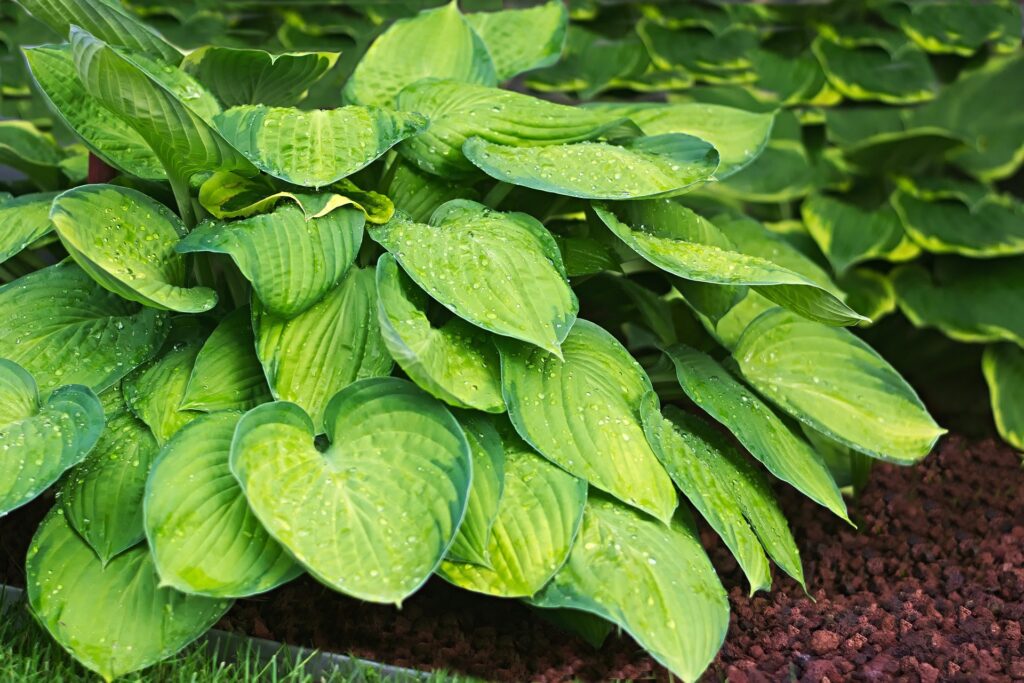
When it comes to toxicity, Hostas do contain compounds that may not be ideal for dogs. Specifically, the plant has glycosides, which can be harmful if ingested in significant quantities. Unlike some plants that can cause severe reactions, Hostas are classified as mildly toxic. This doesn’t mean that eating a leaf will result in serious health problems; however, it’s essential to understand the risks involved.
The Symptoms of Hosta Poisoning in Dogs
If your dog has ingested parts of a Hosta, it’s crucial to know what symptoms to look for. Initial reactions may include gastrointestinal distress, characterized by vomiting, diarrhea, nausea, and abdominal pain. These symptoms can vary based on the quantity and part of the plant consumed. In some cases, your dog might also exhibit signs of lethargy or lack of appetite.
It is worth noting that the severity of the reaction often depends on the size of your dog and the amount consumed. A smaller dog may experience more intense reactions compared to a larger breed. If you notice any concerning symptoms or your dog appears unwell, it is always wise to consult your veterinarian for advice.
How to Prevent Hostas From Being Dangerous to Dogs
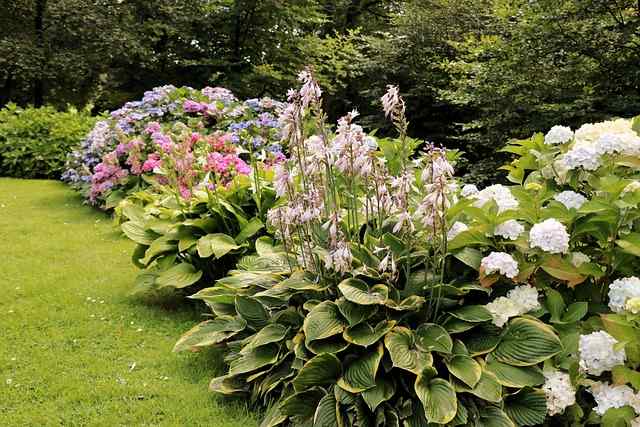
Being a responsible pet owner means taking proactive steps to ensure your dog’s safety. Here are some strategies to keep Hostas—and other potentially toxic plants—safe in your home or garden:
1. Limit Access to Hostas
The simplest and most effective approach is to limit your dog’s access to Hostas. If you have a garden where they roam freely, consider fencing off the area or creating a barrier around the plants. This method keeps curious noses away from the leaves while still enjoying your garden’s beauty.
2. Create a Safe Zone
If you want to keep plants in your home or garden while ensuring your dog’s safety, consider designating a specific area where your dog is not allowed. This might mean using fencing or physical barriers or simply training your dog to stay away from specific plants.
3. Educate Yourself on Other Toxic Plants
While the focus here is on Hostas, it’s crucial to educate yourself about the other plants that could be harmful to your dog. Some common garden and houseplants that are toxic include lilies, azaleas, and certain types of ivy. By understanding which plants are harmful, you can make informed decisions about what to include or exclude in your garden.
Understanding the Context of Plant Toxicity
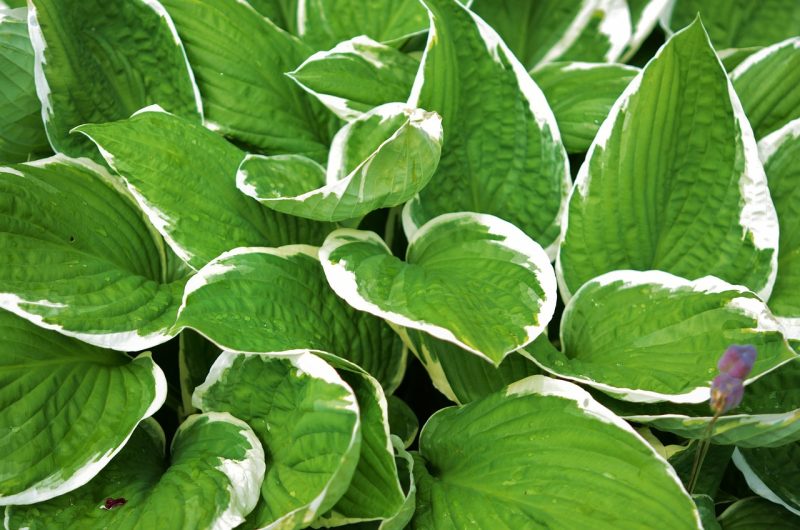
It’s important to put the toxicity of Hostas into perspective. Many plants can cause mild discomfort or less severe reactions in dogs, yet pet owners are often alarmed by any mention of toxicity. The reality is that carbohydrate and protein-based foods are generally harmless to dogs, while certain plant materials can lead to adverse effects.
The Importance of Education and Awareness
Being aware of what plants are toxic and understanding their potential effects is invaluable for pet owners. It empowers you to make educated decisions about what to include in your living spaces. Knowledge about plant toxicity allows you to enjoy your plants without undue worry, as you can proactively manage your gardening environment.
What to Do If You Suspect Your Dog Has Eaten Hosta
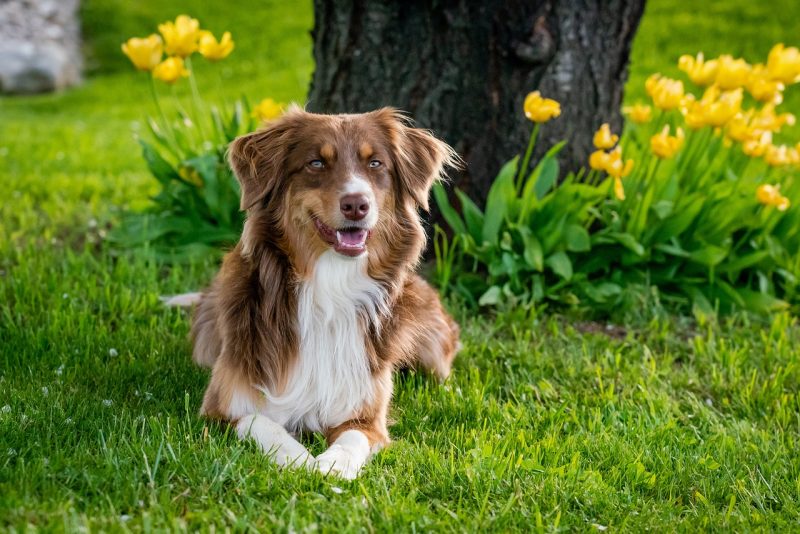
If you suspect that your dog has eaten Hostas, here’s what you should do:
1. Assess the Situation
Try to determine how much your dog has eaten. Monitor any changes in behavior or health. An understanding of how much was ingested can guide your next steps.
2. Contact Your Veterinarian
Never hesitate to call your veterinarian even if the symptoms seem mild. Your vet can provide guidance based on the specific situation, including whether you need to come in for an assessment. If you have any packaging or a photo of the plant, it would be beneficial to share this with them to assist in the diagnosis.
3. Monitor and Document Symptoms
Keep a close eye on your dog and maintain a log of any symptoms you observe. This information can be helpful for your vet. It might also be useful to take pictures of your dog’s condition if symptoms worsen.
4. Don’t Induce Vomiting Without Guidance
It’s crucial not to induce vomiting unless directed by a veterinarian. Some substances can cause further injury as they move back up through the esophagus.
Natural Remedies & Support
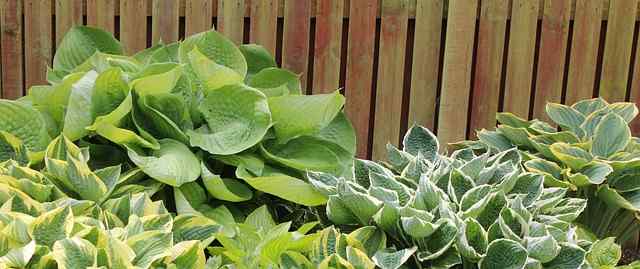
While the best course of action in the case of suspected poisoning is to consult a veterinarian, there are natural remedies that some owners find helpful during recovery. Always use these in conjunction with your vet’s guidance:
Hydration Support
Encouraging your dog to drink water is vital. Hydration can help flush out toxins and reduce discomfort. If your dog is reluctant to drink due to nausea, you may offer ice chips or low-sodium broth to encourage fluid intake.
Dietary Adjustments
After ingesting something harmful, your dog may benefit from a bland diet for a short period. Foods such as boiled chicken or rice can be easily digested and may help soothe an upset stomach. Always consult with your vet before making any dietary changes.
Herbal Remedies
Some herbal remedies have been noted for their soothing effects on dogs, such as ginger (for nausea) and peppermint (for digestive distress). Again, consult your veterinarian before introducing new foods or herbs into your dog’s diet, especially during recovery.
The Role of Training and Behavior Modification
Training can play a significant role in preventing your pet from nibbling on harmful plants, including Hostas. Training should be tailored to your dog’s personality, but here are some general strategies:
1. The “Leave It” Command
Teach your dog the “leave it” command to help them understand which items are off-limits. This command can be further reinforced with positive rewards when your dog successfully avoids the plant.
2. Supervised Exploration
During walks or outdoor playtime, supervise your dog closely. Redirect their attention if they show interest in a Hosta or any other prohibited plant. Interventions can go a long way in establishing good habits.
3. Positive Reinforcement
Whenever your dog chooses to ignore the plants or is successful in obeying commands, reinforce that behavior with treats or praise. Positive reinforcement builds a strong bond based on trust and understanding.
Beyond Hostas: Expanding Your Garden with Pet Safety in Mind
If you’re like most dog owners, your garden isn’t just a collection of plants; it’s a sanctuary for relaxation and joy. While you’ve ensured that Hostas are safely out of reach, you might wonder about dog-friendly alternatives to fill your garden or home with beauty.
1. Non-Toxic Alternatives

There are numerous plants that are both stunning and safe for dogs. Consider incorporating pet-friendly plants such as:
Marigolds: Bright and vibrant, these flowers add a pop of color and are safe for pets.
Basil and Rosemary: Not only are these herbs excellent for cooking, but they’re also safe for dogs.
Snapdragons and Pansies: These flowers add charm to your garden while posing no risk to your furry companion.
2. Educating Friends and Family
If you frequently host gatherings, educating friends and family about the plants in your garden can also help ensure a safe environment for everyone involved. Share your knowledge about which plants are safe and encourage them to respect boundaries, particularly around Hostas and other mildly toxic plants.
3. Create a Pet-Friendly Landscape
Consider designing your garden in such a way that safe plants are accessible and attractive to your dog. Create a walking path that features non-toxic flora sprouting alongside safe resting spots. This approach fosters a happy and safe experience for both you and your dog.
Conclusion: Building a Safe Garden for Your Furry Friends
Hostas indeed hail from a complex family with mildly toxic tendencies. While they may not necessarily pose a grave risk to your dog, vigilance remains key. Monitor your pet and educate yourself about the potential dangers of common household and garden plants. This not only helps you take action should an incident occur but also enhances your overall satisfaction as a responsible pet owner.


